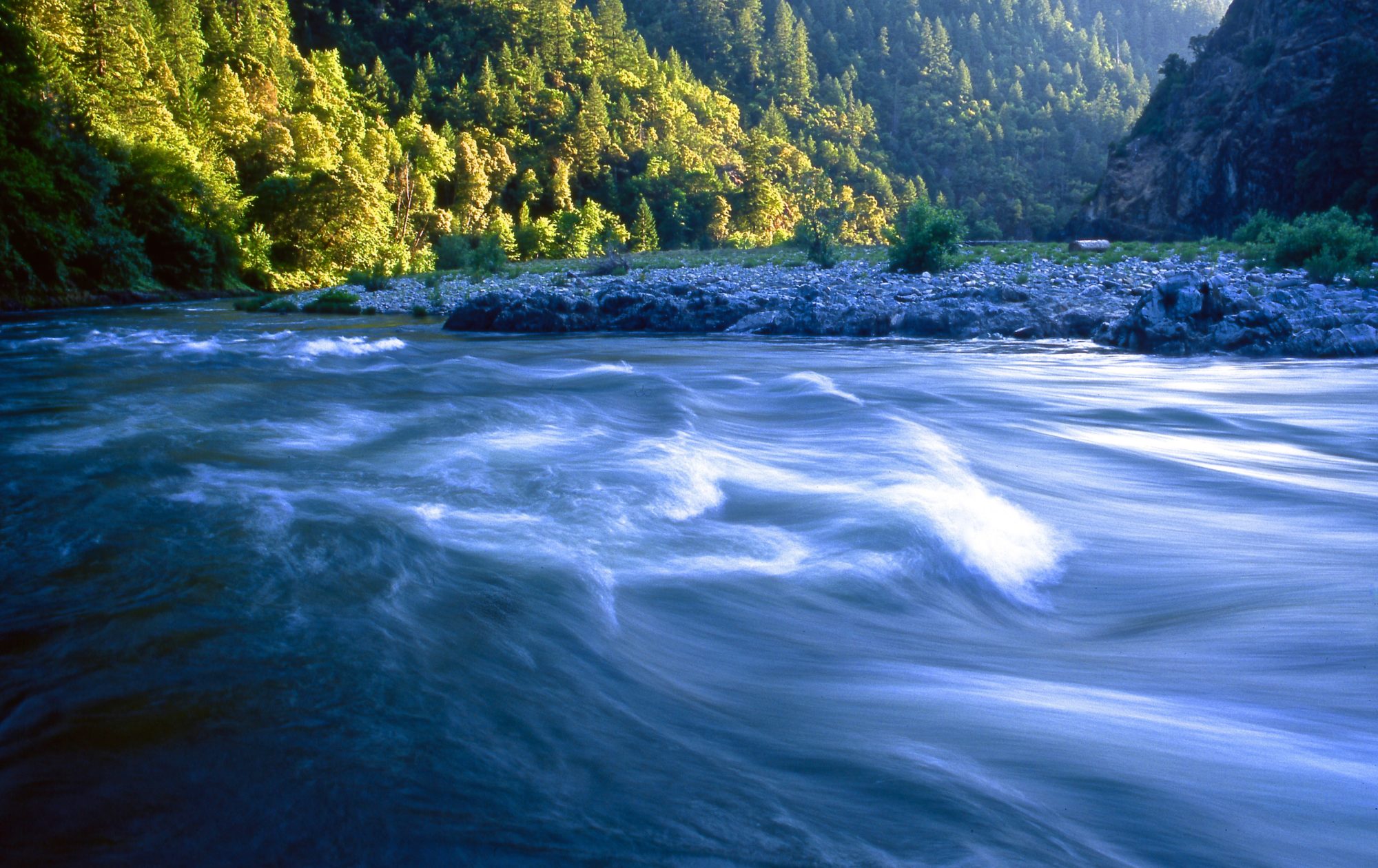The Bureau of Ocean Energy Management (BOEM) is proposing to lease areas off Oregon’s outer continental shelf for wind energy development as part of the effort to decarbonize America’s energy system to address the perils of global warming. Because the waters off Oregon’s coast are so deep, turbines arrays will need to be floating, and to be most efficient, the turbines will likely be very large (15MW). This is a new technology that has thus far only been deployed only at a very small scale in shallower waters off the coast of Scotland.
However, the ocean off Oregon is not an empty place. The wind that attracts wind prospectors to our coast is the same force that catalyzes the dynamic California Current Large Marine Ecosystem, renowned for its, cold, nutrient-rich upwelling waters, which nourish abundant plankton that become the base of the ocean food chain. Ultimately, this high ocean productivity translates into abundant food that draws a diverse array of birds, fish, and wildlife from all around the Pacific to forage in our rich coastal waters off Oregon. Nearly 100 species of birds, more than a dozen species of whales, sea turtles, hundreds of fish, plus unique corals, inhabit the waters of Oregon’s continental shelf, and so it will be crucially important to consider this vital ecological context when considering the siting of turbine arrays.
In 2022, BOEM identified two “call areas” off Oregon’s South Coast, which can be seen on the map below and put out a “call” asking for information and nominations about these zones. More than 200 public comments and four credible nominations from four multinational energy corporations were received.

In summer 2023, BOEM proposed draft Wind Energy Areas, where more specific proposals for leasing may be developed and is taking public comment through mid October.

Siting is the single most important decision to be made when it comes to reducing the impacts of wind energy development on wildlife. We remain concerned that conservation issues will not be addressed until it’s too late in the permitting process to effectively minimize or mitigate for habitat loss or take of endangered species that forage in the proposed call areas.
Kalmiopsis Audubon has participated in BOEM’s public process from the start, hosting a virtual stakeholder gathering with other Audubon chapters in 2021. In response to the 2022 “call,” we submitted substantial comments with a coalition of other Audubon chapters and Oregon conservation groups to advocate for birds, fish, and wildlife. You can read them here.
KAS sponsored educational programs in February 2023 in Brookings and Gold Beach. You can watch an online version here:
For more general information about floating offshore wind development off Oregon’s Coast, check out the Oregon Department of Energy’s 2022 report: Floating Offshore Wind Energy, Benefits and Challenges for Oregon.


